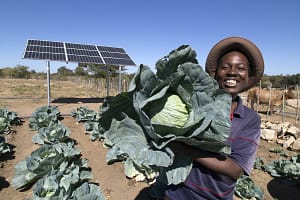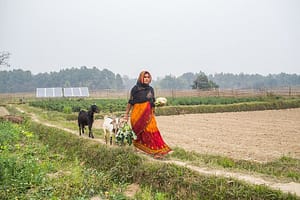| View/Download | View at iopscience.iop.org |
Abstract
The transition to solar-powered irrigation in South Asia offers an opportunity to cut greenhouse gas emissions and reduce dependency on expensive diesel. However, appropriate institutional and financial models are required to scale up this technology. Three different solar irrigation pump (SIP) implementation modalities coexist in Bangladesh, providing a good opportunity to evaluate and gain insightful knowledge on the solarization process. These conclusions are also applicable to neighboring countries dealing with comparable problems. The three models are (i) community-managed SIP model, (ii) individual ownership model, and (iii) fee-for-service model. In this article, we argue that the fee-for-service model involving a market-based approach and public-private partnership is the most promising in terms of addressing two main challenges in solarization, i.e. high capex financing requirement and generation of sufficient demand. In terms of achieving equity in SIP access and groundwater sustainability, all three models have their respective pros and cons. However, the financial sustainability of SIPs is under threat due to the significant project costs. It is imperative to expedite the integration of SIPs with the national power grid while implementing supportive government policies. This includes enhancing buy-back tariffs and introducing net-metering options to ensure long-term sustainability.









